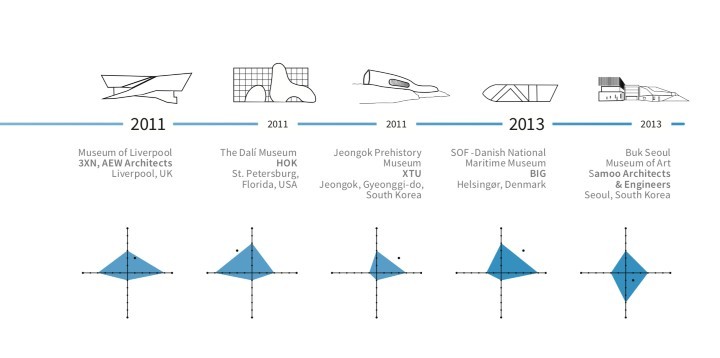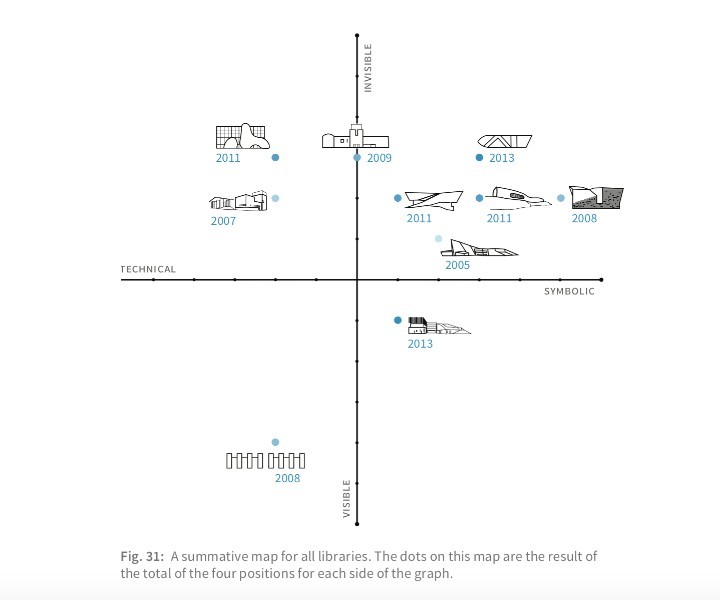Concordia professor creates framework for evaluating eco-architecture beyond environmental performance measurements

As the human population explodes and we deplete our planet’s finite resources, eco-architecture is becoming the new baseline when designing and building sustainable urban and community projects.
One of the eco-architecture movement’s leading thinkers is Carmela Cucuzzella, an Associate Professor and Undergraduate Program Director in the Department of Design and Computation Arts, and is also University Research Chair in Integrated Design and Sustainability for the Built Environment.
Cucuzzella’s new book Analyzing Eco-Architecture Beyond Performance gives an abridged history and overview of environmentalism in the field of architecture, and a clear methodology for analyzing 29 included cases – 10 libraries, 10 museums and 9 university buildings from around the world – that can also be adopted for other architectural and design projects.
Cucuzzella sat down for a Q&A about her new book and the growing field of eco-architecture.
 Design table from Analyzing Eco-Architecture Beyond Performance, featuring libraries, part one
Design table from Analyzing Eco-Architecture Beyond Performance, featuring libraries, part one
What is ecological architecture, or eco-architecture?
If you google ecological architecture, you’ll get a lot of solar panels, green roofs and green walls. Although these technologies are key, they represent a very small slice of what comprises eco-architecture. It goes far beyond that. I am trying to get students in design and architecture eager about designing ecologically - by presenting 29 examples in my book that span a whole spectrum of eco-architecture possibilities.
Usually, eco-architecture books fall into two categories: heavily illustrated books with little guidance on how to read the architecture, or very technical books that are not accessible to most. There are very few books in-between like mine, in this emerging field of study.
Why is eco-architecture important?
At a very basic level, eco-architecture is a way of designing and constructing buildings in accordance with the environment, by reducing the impact on nature, wildlife and all our natural resources.
As we face the environmental crisis around the world, the reduction of natural resources and destruction of natural habitats needs to seriously be considered when designing a new building. However, we also must design buildings in which people will want to live, work or play.
Understanding how to design eco-architecture then cannot only include the its eco-performance, but must include the entirety of the project. Each new project becomes a function of its context, its social and geographical conditions, its program and user’s requirements, as well as the architect’s motivations in designing the resulting overall experience.
This book is an important addition to the field of eco-architecture because it allows young students, designers and architects to understand that analyzing eco-architecture is more than calculating the energy used or the amount of water saved. It is about thinking how the site, the community surrounding the site, and the people using the building have been considered in an encompassing manner.
 Design table from Analyzing Eco-Architecture Beyond Performance, featuring libraries, part two
Design table from Analyzing Eco-Architecture Beyond Performance, featuring libraries, part two
Where does your passion for green buildings and environmental architecture come from?
My enthusiasm for eco-architecture comes from my passion for architecture and the city, in general. I have lived in cities all my life and have always loved to walk in great cities and buildings.
In the 1970s, 80s and 90s we saw a series of environmental guidelines put forth to help designers and architects better assess the eco-performance of their buildings. This environmental focus saw a technological turn as it appeared to be the most promising way forward in terms of measuring eco-performance. We saw this shift take place in the way that buildings were designed, built, and looked. Soon they began to look like technological artifacts, rather than places for dwelling.
What often happens when the major focus is in trying to meet the numbers, is that other design elements are pushed aside in the hope that things will fall into place. But they don’t always. We cannot forget that these are places where people live – and should enjoy living in.
The analytical grid I propose in the book helps us understand – or at least remain aware – that these tensions exist and that you can create a project that brings together all of the elements, not just some of them. This book offers a new way of analyzing eco-architecture that moves beyond the world of environmental performance evaluation.
I want to make sure that architecture with a capital “A” does not escape eco-architecture.
Are diagnostic or rating tools such as Life Cycle Assessment (LCA) and LEED (Leadership in Energy and Environmental Design) good barometers of where we are headed?
LCA and LEED are two of many other tools out there now, and we will always need these types of tools because they allow at least one level of metrics. These tools are becoming more and more complex as time goes on.
There are also the United Nations Sustainable Development Goals (SDGs) which are far more encompassing, ranging from questions of poverty, to sustainable cities and communities, to peace and justice. The UN hopes to achieve the implementation of their 17 SDGs by 2030.
These will become our new barometer. Tools like LCA and LEED will help us achieve a baseline. But when you compare them to the SDG’s targets, you can see that they provide a narrow baseline of the overarching goals!
Do you foresee a world where eco-architecture is the standard?
That’s a very good question. I do foresee a world where eco-architecture becomes the baseline. We have no choice. The world population keeps growing, there are finite amounts of resources and space, and the earth can only absorb so much waste. We live on one planet, but we really need about two to sustain everybody. We cannot continue to develop our cities as usual. We need to be better equipped to understand and analyze eco-architecture beyond performance alone.
Will this happen in our lifetimes?
There is so much concern in this challenge from around the world. Designers and architects are now becoming more aware, knowing their projects will have an impact on many levels, environmentally, of course, but also culturally and socially. So, yes, I do believe eco-architecture will become the baseline in our lifetimes.
